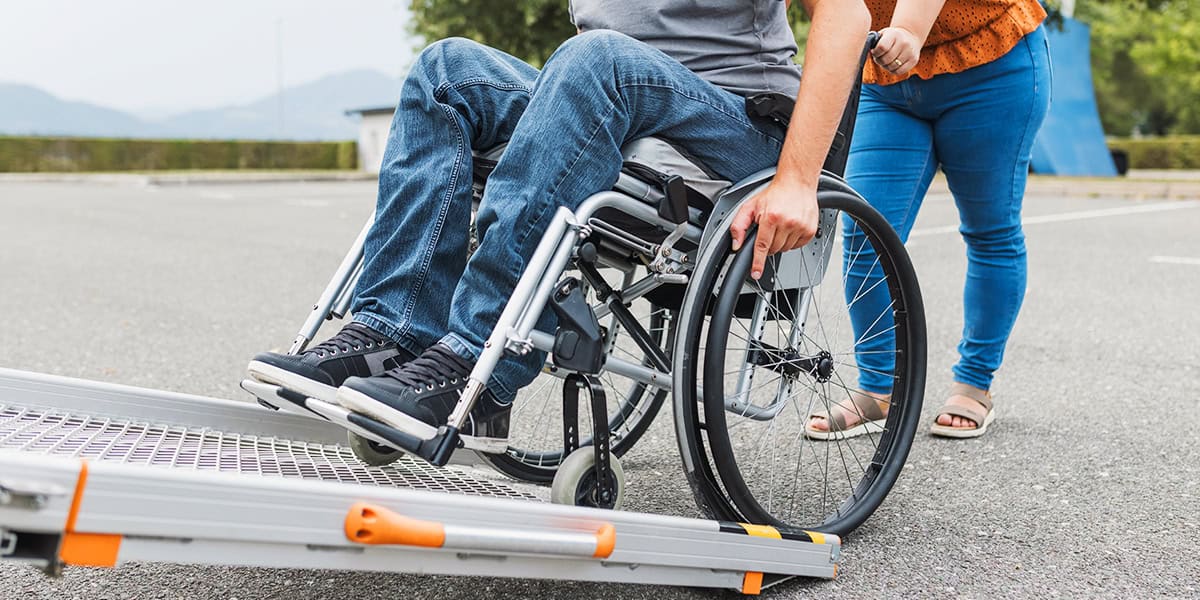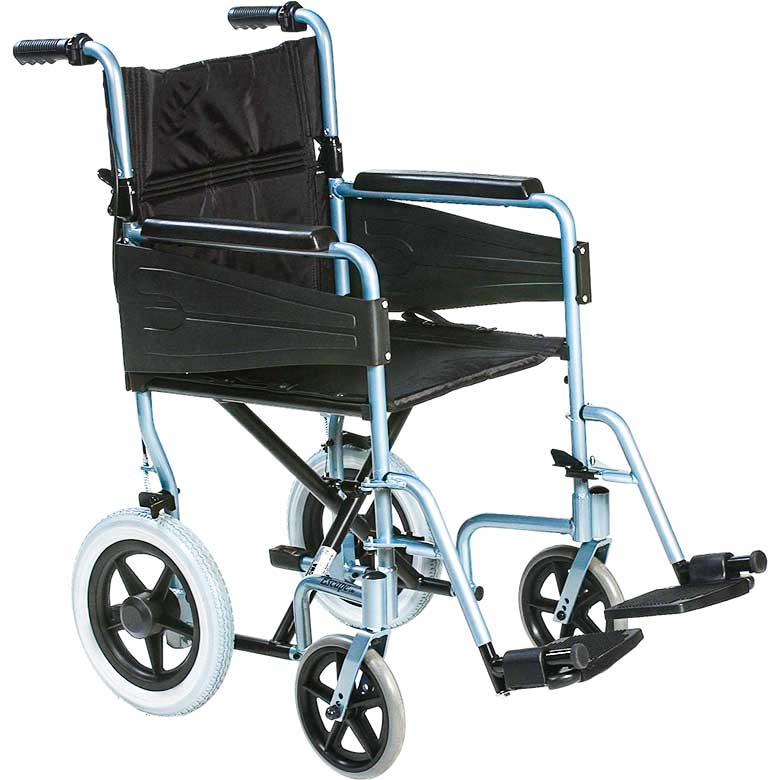
Getting someone to safety or a location where they can receive better help is a priority. There are several different ways to transport a casualty depending on the situation and the environment that you are in.
How to transport a first aid casualty
Time isn’t always on your side when transporting a casualty, but there are three main factors to consider:- The Casualty: Do you have to move the casualty? Can you do so without further injury to them or to yourself? Do you have help? Where are you moving them to? Can they help you?
- The Environment: Is there any equipment around you that could help you in transporting them and do you know how to use it? Is the area clear enough and safe enough to transport them?
- Yourself: Are you fit enough to transport the casualty? Do you have help? Are you trained?
It is important to think about all of these things before even attempting to transport a casualty. If you are unsure of anything or are unable to complete the task, you could end up doing more harm than good.
Take your time and make sure that both yourself and the person that you are moving are safe and comfortable before setting off and that you are using the correct type of casualty transportation for this circumstance.
Types of casualty transportation
There are various types of casualty transportation, most of which can be used for different reasons. Below is a list of some of the methods that you could transport a casualty or other person in an emergency.
Emergency stretcher

An emergency stretcher is usually used to carry an immobilised casualty safely to where they will be able to receive medical attention.
How to use an emergency stretcher
- Lower the stretcher, if possible, to make it easier to move the patient onto it.
- Make sure it will not move when transferring the casualty over. If you are using one with wheels make sure that the wheels are locked.
- Move the patient over carefully. If they can help, ensure that they do not make the injury worse.
- Secure the patient, using the straps (ensure that the straps are undamaged first). Make sure not to secure the straps too tightly, just enough to prevent movement.
- Confirm the route that you are using noting any obstacles that you may face while carrying or pushing the stretcher before you set off.
Transit wheelchair

Transit wheelchairs are very similar to standard versions of a wheelchair, except they are more lightweight. They have smaller wheels and are very easy to use when pushing someone with mobility issues around.
You would use this method of casualty transportation if the person you are helping was able to support themselves and help themselves into the chair.
Basket stretcher

Similar to an emergency stretcher, the basket stretcher or stokes litter, is used to immobilise and safely carry the patient to safety. It slightly resembles a basket with sides raised up from the ‘bed’ of the stretcher and is typically used for pulling people out of confined spaces, off the side of cliffs, or in fire evacuation.
How to use a basket stretcher
- Move the person onto the stretcher safely. If the basket stretcher is being used for evacuation, they may be able to get in themselves, however if the person is already injured, you may require assistance getting them into the stretcher without causing further injury.
- Immobilise the person in the basket using the straps. Do not do them tight enough to hinder circulation, you don’t want them to move around while being lifted but you also do not want to cause them further harm.
- The next step depends on why you are using the basket stretcher:
- If you are using it to hoist someone back up to level terrain or into a helicopter this is when you would secure the rigging for suspension. Making sure that they will not come loose.
- For confined spaces or using stairs for evacuation, you would begin to slide the basket along, trying to limit how much the person on the stretcher is being jostled.
Folding stretcher
Folding stretchers, are in the same group as emergency stretchers, used for transporting people who are unable to walk in an emergency situation. The fact that it folds horizontally and vertically means that it is easy to store and transport when not in use.
How to use a folding stretcher
- Open the folding stretcher, make sure that it is fully flat and any components that need to be are locked into place.
- Help the person onto the stretcher, if they are unable to move you will need to slide it under them.
- Make sure the person is comfortable and fully on the stretcher before securing them with the strap provided.
- With the help of another person, one of you takes the handles by the feet and the other by the head. Make sure that the stretcher is level.
- Ensure that you move steadily and carefully, avoiding as many obstacles as possible.
Evacuation chair
An evacuation chair is commonly used as a form of transport downstairs during a fire or earthquake for either someone with disabilities or someone who has been harmed during the event.For more in-depth information on evacuation chairs and how to use them, please read this blog post
Casualty Transportation is very important in times of emergency, it is a way to get as many people to safety as possible, or to transport an injured person to where they can receive the help that they need.
For further information or to purchase these products follow the links below:
Read our other blogs for more information on first aid or contact us for further advice and information on our products.
By Sarah Mason




